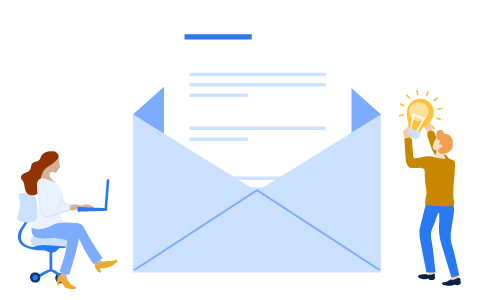Trade Show Follow-Up: Emails and Call Scripts to Better Conversations
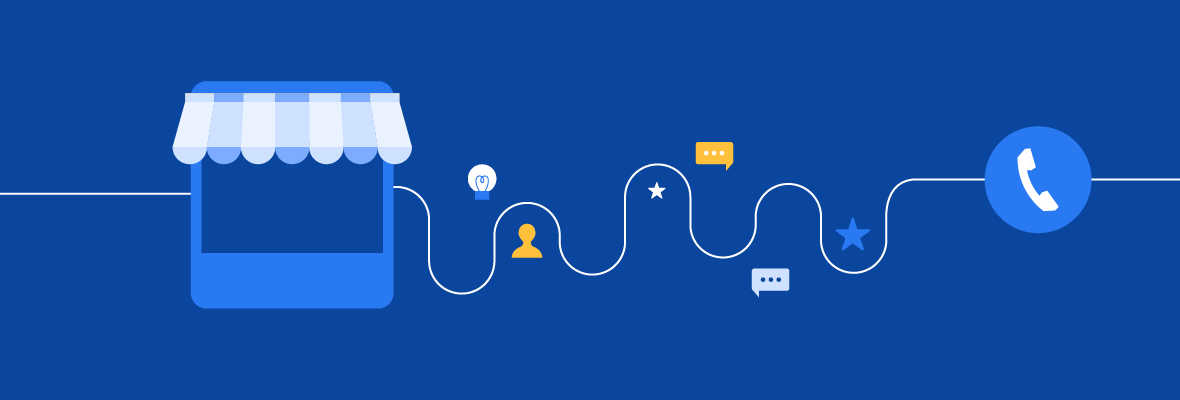

Tim Edwards
This post was originally published in June 2022 and has been updated for accuracy and comprehensiveness.
The trade show is over. Now what? Assuming you had properly prepared for the event beforehand, you’ll want to start sending trade show follow-up emails and make phone calls immediately afterward.
But how do you contact these leads without adding friction? In this post, we’ll discuss
- Why trade shows are a good source of B2B sales leads
- How to follow up on trade show leads
- Our recommended trade show follow-up script
- Utilizing trade show follow-up emails
- Our proven trade show follow-up email template

Download our Trade Show Package
Are you about to attend a trade show? Our marketing specialists can help you prep for the event with a robust email campaign, landing page, and whitepaper. Download our trade show package to learn more.
Why trade shows are a good source of B2B sales leads
Trade shows are a great source of B2B sales leads because they
- Already expressed interest in your industry space
- Shared an experience you can reference
- May have already met you in person
Therefore, these leads are often more qualified, needing fewer touches and follow-up attempts to convert. Of course, this heavily depends on how well you have prepared for the trade show event beforehand. We wrote a B2B trade show planning guide for those looking to elevate their email marketing strategy to connect with trade show attendees beforehand.
How to follow up on trade show leads
Your first step is to process your trade show leads by importing their contact information into your CRM. We usually recommend the person who was at the trade show to add that information in, as they can typically add insight within the notes section of the lead object.
From our experience, having a team of SDRs follow up on your trade show leads is usually the most effective. Because their primary responsibility is prospecting, they can afford to be as persistent as needed in their 1:1 conversation with prospects. From there, they can accurately gauge the lead’s interest and score them appropriately — more on that later in the post.
Once your team of SDRs has been established and your leads are all imported into your CRM, you can follow these 5 steps to engage with trade show leads for better conversations.
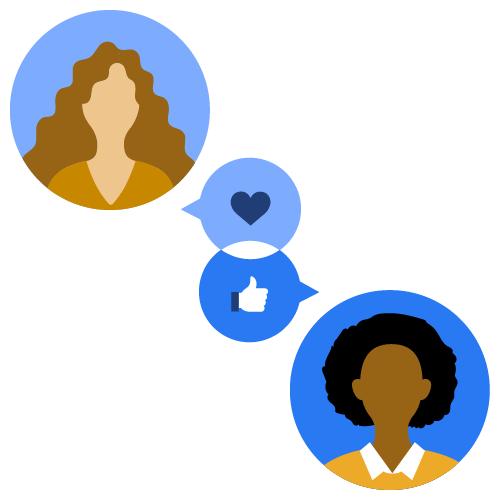

Step 1: Establish a follow-up strategy
Before you even begin striking up conversations with your trade show leads, you need to establish a strong foundation of what your follow-up strategy should look like. We recommend reviewing your lead rating system, qualification criteria, and sales call cadence:
- Lead rating system: This lets the rep assess prospects based on their interest level and how close they are to converting into an SQL.
- Qualification criteria: This list of qualifiers allows your SDRs to determine whether they are qualified leads or not.
- Sales call cadence: This outlines when you will follow up with a prospect based on how interested they seem to be.
These quantitative scoring systems allow you to objectively evaluate your current conversations with trade show leads. That way, your SDR team can identify which prospect to prioritize and which would require a longer cooldown period.
EBQ Tip: Struggling to hone in on your sales call cadence strategy? We outlined our processes that boosted our conversion rates in “5 Sales Call Cadence Best Practices That Boost Conversion Rates.”
Step 2: Personalize a call script for the event
When your SDRs pick up the phone to make the call, tell them to start by mentioning the event show and who you spoke to. By identifying the point of contact early on, you’ll have your foot in the door more easily. We’ll go over our trade show a follow-up script later in the post.
Before you begin dialing your prospects, your SDRs should review the 10 Cold Calling Best Practices that Closes Deals. We go over how to best keep your prospects on the phone without turning them away.
Step 3: Leverage unique information that the lead has shared with you at the event
After establishing how you have met, make sure your SDRs leverage unique information that the prospect has shared with you — whether that’s a shared joke, a discussed pain point, or even an interesting insight. This is why we recommend investing in a CRM; your SDRs can easily refer to these notes to their advantage.
From there, you can tie any specific points back to your solution and discuss how your solution will add value to your prospect’s organization.
EBQ Tip: Consider using Salesforce if you don’t have a CRM yet and are shopping for one. Salesforce provides a robust and customizable platform that can be adapted to any organization of any size or industry.
Step 4: Pursue meaningful conversations to discover needs
Now that your prospects are staying on the phone with you, you’ll want to start asking discovery questions to learn more about their pain points and decision factors.
Productive questions should encourage an open-ended conversation to drill down on a prospect’s current frustrations and roadblocks. Based on their responses, you can speak directly to their purchase anxiety in your later follow-up calls.
Step 5: Schedule a sales meeting with an AE
If you followed up on your trade shows diligently and drummed up genuine interest in your solution, your SDRs should be able to set more sales appointments for your AEs.
Here are a few quick tips to make sure your SDRs are properly qualifying and handing over prospects to your AEs:
- Your SDRs should use strong closing language geared towards setting the meeting through every conversation
- Make sure your SDRs have access to the AE’s calendar
- Your SDRs should set the sales meeting during the prospecting call
- Your SDRs should join the meeting for a warm handoff
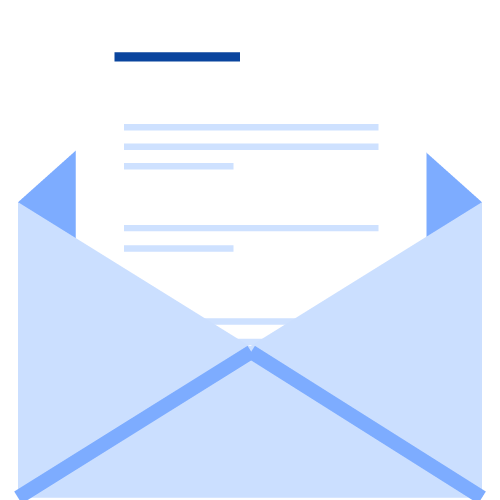
Subscribe to EBQ's Bimonthly Newsletter

Subscribe to EBQ's Bimonthly Newsletter
A trade show follow-up script example
Now that you know how to set those appointments, let’s outline and dissect one of our previous trade show follow-up scripts.
Hello, this is [SDR NAME] with [COMPANY NAME]. We met at the [EVENT NAME] trade show; we were at the booth handing out [SWAG ITEM]. I wanted to touch base to see if you’ve looked further into what we offer.
You showed some interest in [product/service]. You also shared you were facing challenges with [PAIN POINT]. Would you like to learn how [product/service] can help with this challenge?
How are you currently handling [PAIN POINT]? Where do you run into obstacles with your current solution?
Utilizing trade show follow-up emails
Email marketing is another method that can be useful for warming up your trade show leads.
With its high ROI, email marketing is an effective form of digital marketing. Since email marketing is fully automated, your marketing team can follow up with many leads at once while your SDR team handles the direct conversations. Using both of these tactics at once helps keep your brand top-of-mind, so those leads don’t forget about you after the event.
Some email marketing automation features you can leverage for following up on trade show leads include:
- Segmentation: This tool lets you create categories of prospects to send emails to, such as your trade show leads.
- Scoring: This tool tracks engagement, such as how prospects interact with your marketing emails and website.
- A/B testing: This tool allows you to split your audience to test different variations of an email and determine which performs better.
In email marketing, a drip campaign is a series of emails that persuades your readers to engage with your content over time. You choose the frequency of the emails and who receives it.
For example, you can build a drip campaign and only select the leads you received from the trade show to receive said emails. Automated drip campaigns use logic to decide when and if someone receives the next email in the series. You can trigger the next message to send based on whether they open or click inside of the previous one.
An email drip campaign is a helpful way to create multiple persistent touchpoints. You can keep contacting your leads without breaking a sweat.
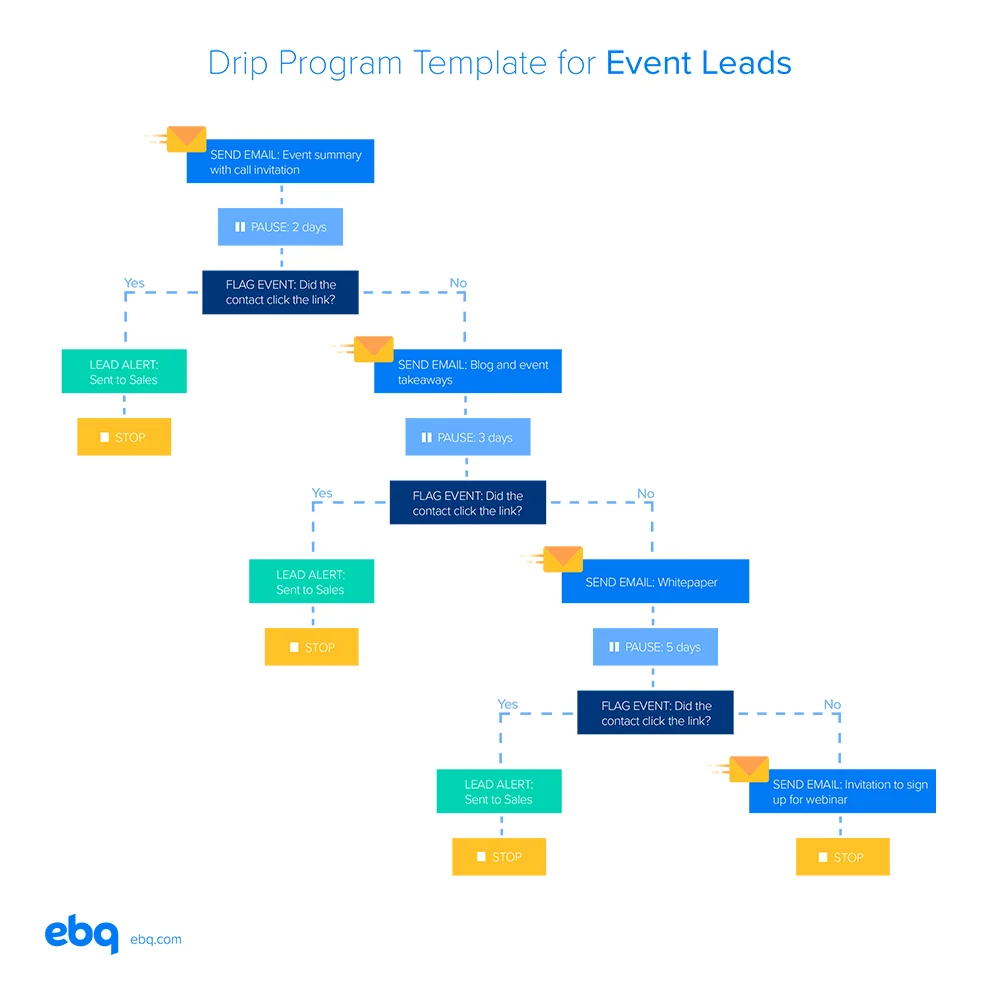

Download our Trade Show Package
Are you about to attend a trade show? Our marketing specialists can help you prep for the event with a robust email campaign, landing page, and whitepaper. Download our trade show package to learn more.
How to Transform Trade Show Leads to Opportunities
Perfecting the process of following up on trade show leads is key to maximizing your ROI from a trade show attendance. In this post, we went over phone calls and email marketing best practices to engage with your trade show leads.
Of course, your success is dependent on how experienced your lead generation team is. If you are looking to enhance your trade show follow-up efforts, consider partnering with EBQ. Our SDRs and marketing specialists have a proven track record of increasing our customers’ conversion rates to exceed their business goals.
